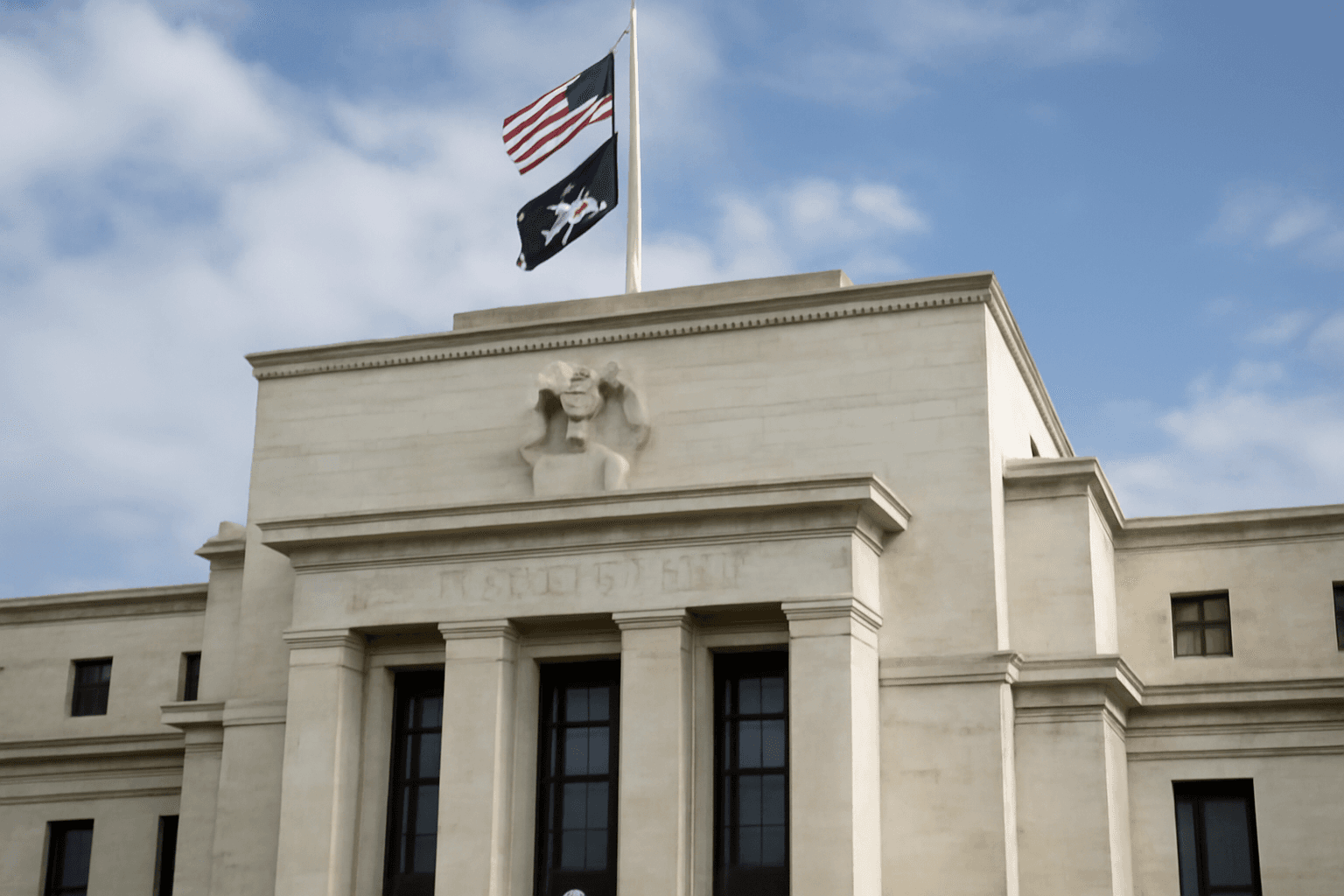Federal Reserve Proposes Shift in Defining 'Well-Managed' Banks
In a notable development within U.S. financial regulation, the Federal Reserve on Thursday unveiled a proposal aiming to adjust the criteria that determine whether a large bank qualifies as "well-managed." This change, which allows banks to maintain a "well-managed" status even with one performance deficiency, represents a significant step in the Fed’s ongoing efforts to balance strict oversight with operational flexibility.
What’s Changing?
Currently, under 2018 regulations, any rating deficiency related to key areas like capital adequacy, liquidity, or governance automatically disqualifies a bank from being classified as well-managed. This classification carries substantial weight: being deemed well-managed influences a bank’s ability to pursue critical activities such as mergers and acquisitions.
The Fed’s new proposal would permit banks to have a single "deficiency" rating across these vital categories and still retain their well-managed status. Federal Reserve Vice Chair for Supervision Michelle Bowman emphasized the rationale behind this move, stating:
"The proposal aims to better reflect a bank's overall condition, recognizing that a single area of weakness doesn’t necessarily signal management failure. It's a pragmatic step toward modernizing supervisory evaluations."
Balancing Prudence and Progress: Diverging Views Within the Fed
However, this proposed relaxation has ignited immediate concerns among regulatory veterans. Former Vice Chair Michael Barr, a staunch advocate for rigorous bank oversight, warned that the change risks undermining established safeguards. He cautioned that easing the definition could increase systemic risks, potentially paving the way for vulnerabilities in the financial system to go unchecked.
Moreover, current Federal Reserve Governor Adriana Kugler expressed measured skepticism. While agreeing that the existing framework has limitations, Kugler highlighted the danger of "swinging too far in the other direction," underscoring the delicate balance the Fed must maintain between flexibility and prudence in its supervisory approach.
Context: A Broader Regulatory Adjustment Trend
This latest proposal emerges just weeks after the Fed introduced new capital requirements for large banks—rules that also sparked debate about regulatory looseness versus financial safety. Taken together, these initiatives underscore an evolving philosophy within the Fed as it navigates post-pandemic financial stability concerns and the need to foster banking sector growth.
Why This Matters for the Banking Sector and Economy
- Impacts on Bank Operations: A less stringent "well-managed" rating could afford banks greater operational freedom, potentially accelerating acquisitions and facilitating strategic growth.
- Risks and Oversight: Yet loosening oversight standards, especially for systemic banks, may increase exposure to risks that contributed to past financial crises.
- Investor and Public Confidence: Banks' governance standards directly influence market trust and public confidence—a critical component for financial stability.
Expert Insight: Navigating the Thin Line
Financial policy experts suggest this debate touches on a broader challenge: how to fine-tune regulatory frameworks to be both adaptive and robust. According to Dr. Elaine Harper, a professor of finance policy, "The Fed’s proposal attempts to recognize that a single weakness doesn’t necessarily define poor management. Nevertheless, history teaches us that complacency in oversight can have cascading effects. Striking the right balance is vital for safeguarding the economy without stifling innovation."
Looking Ahead
The Federal Reserve is inviting public comments on this proposal, with stakeholders from the banking industry, consumer advocates, and policy analysts closely watching the outcome. Given the clashing perspectives within the Fed itself, any final decision will likely reflect a careful weighing of competing priorities.
Questions to Consider
- How might this proposal affect smaller banks versus the largest, systemically important institutions?
- Could easing the "well-managed" standard lead to regulatory arbitrage or unintended risk-taking?
- What safeguards can be implemented to mitigate risks while allowing operational flexibility?
As the financial landscape continues to evolve, the Fed’s regulatory framework must adapt without compromising the hard-earned lessons of the past.



















